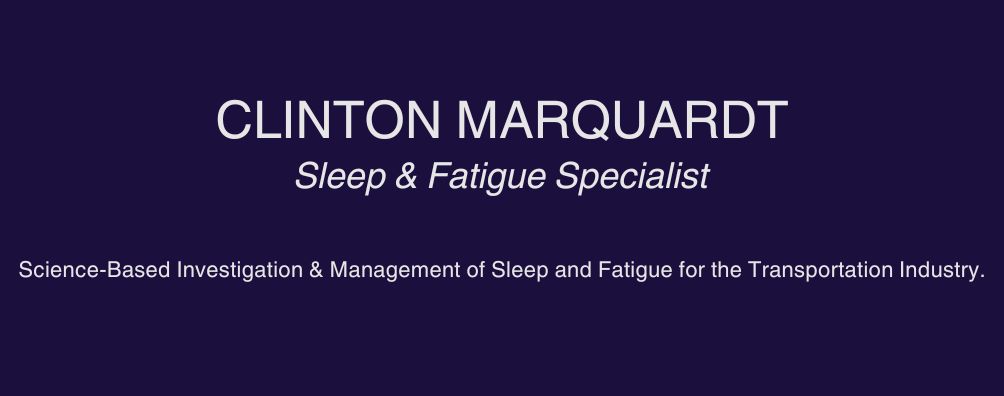
Obstructive sleep apnea (OSA) is the most common type of apnea. With OSA, your body tries to breathe but it can’t get any air in or out. Think of it as putting your hand over the suction nozzle of a vacuum cleaner: the vacuum motor strains to suck something in, but your hand is a physical obstruction which prevents anything from getting through. In much the same way, OSA is caused by a physical obstruction in the upper airway. The obstruction causes respiratory muscles, like the diaphragm, to work harder trying to get air into the body. There is usually also a drop in the amount of oxygen in your blood, which means that your brain isn’t getting the right amount of oxygen. OSA’s typically last 20-40 seconds and often stop with a brief arousal consisting of gasps, loud snores and/or body movements.
Most OSA patients are overweight. One way of describing weight is with a measure called body mass index. A body mass index above 32 is considered too high. Snoring is another common symptom associated with OSA. Most patients ask for help because of a concerned bedpartner whose sleep is often disturbed as a result of the loud snoring. We call this problem “spousal arousal” The bedpartner is a very valuable source of information and often observes that the person stops breathing.
An OSA patient’s main complaint is usually of excessive daytime sleepiness (EDS). Many people with OSA fall asleep while reading, watching TV or even while driving. OSA patients usually have a mean sleep latency of less than ten minutes as demonstrated by multiple sleep latency tests (MSLT). This means that, on average, someone with OSA will fall asleep in about 10 minutes. People with obstructive sleep apnea often report morning headaches and waking up with a dry mouth.
Thanks to L. Orr, BA, RPSGT, for her help with this article.


